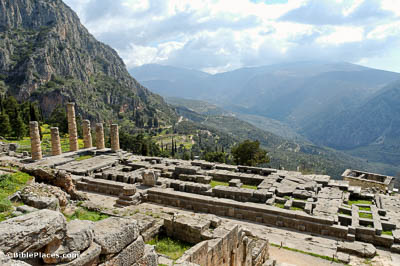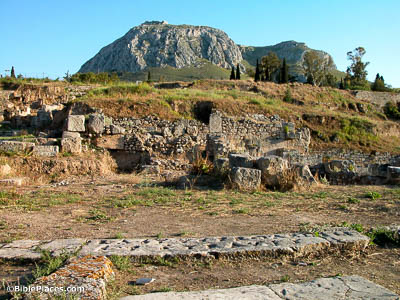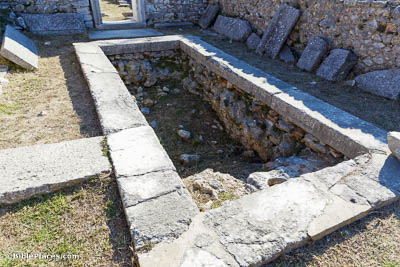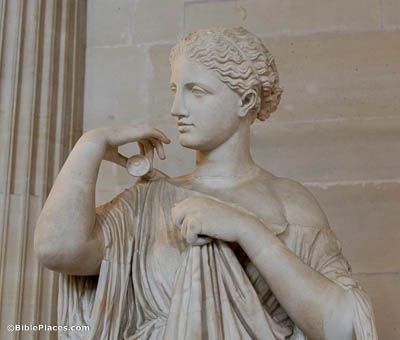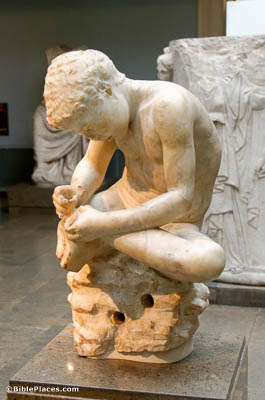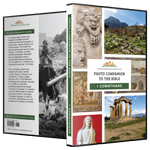Now concerning spiritual gifts, brothers, I do not want you to be ignorant (1 Corinthians 12:1).
People with the cultural background of the Corinthians could easily be confused about spiritual gifts. Corinth featured a major temple to Apollo; not too far away by ship was another major temple to Apollo at Delphi. This temple was also associated with a famous oracle where people would inquire of a priestess in order to receive guidance and prophecies.
